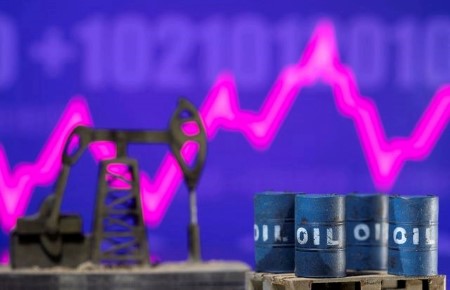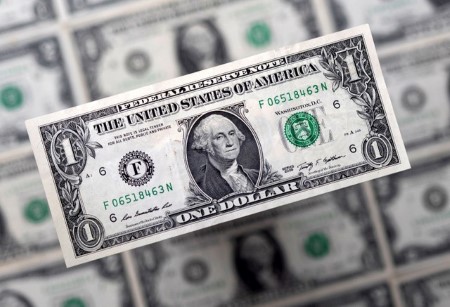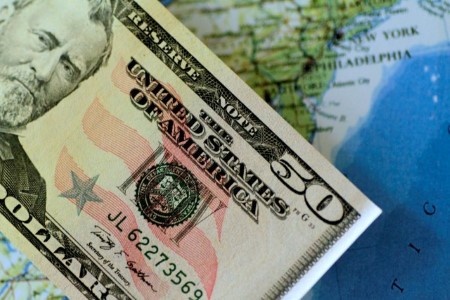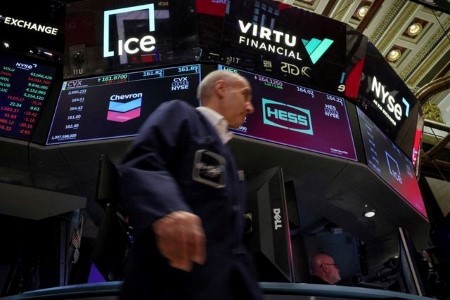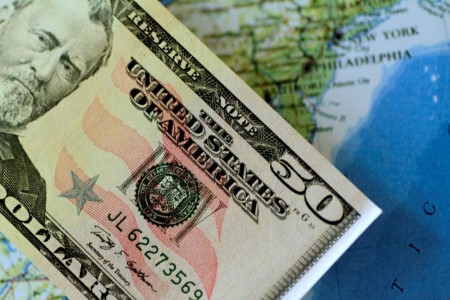NEW YORK, April 19 – Next week’s earnings reports from some of the market’s biggest technology and growth companies could prove an important test for the US stock rally, which has flagged as expectations for interest cuts fade.
Tesla, Meta Platforms, Alphabet, and Microsoft – all set to report next week – are part of the group of companies that had been dubbed the Magnificent Seven as they led the S&P 500 to a 24% gain last year.
The companies are seen as important bellwethers due to dominant positions atop their industries, while heavy index weightings give their share price moves an outsize influence on benchmarks such as the S&P 500. Though the market’s rally has broadened this year, megacap stocks remain a portfolio staple, with fund managers in the latest BofA Global Research survey once again naming them the market’s “most crowded” trade.
Many believe their results could be especially important to markets this time around. The S&P 500 has slid in recent weeks, roughly halving its year-to-date gain to 5% as stickier-than-expected inflation erodes the prospects for the Federal Reserve to cut rates this year.
Additionally, the months-long rally in stocks has made the index expensive relative to history at a time when rising Treasury yields are pressuring equity valuations. Disappointing earnings from the market’s heavyweights could give investors less reason to hold stocks.
“Psychologically, the companies coming in at or above expectations is important,” said David Katz, chief investment officer with Matrix Asset Advisors. “There’s a lot of good news built into a lot of these companies.”
Investors will also focus on next Friday’s release of the monthly Personal Consumption Expenditures Price index, a crucial piece of inflation data before the Fed’s April 30-May 1 meeting. Fed funds futures late Thursday were pricing in less than 40 basis points in rate cuts this year, down from 150 bps expected at the start of 2024, according to LSEG data.
The performance of megacaps’ shares has diverged in 2024, after last year’s epic run. Tesla, which reports results on Tuesday, has seen its shares tumble about 40% in 2024 amid concerns about its electric vehicle business.
Meta Platforms, whose shares have jumped over 40% in 2024, is due on Wednesday, while Alphabet and Microsoft, which are logging year-to-date gains of about 12% and 7.5% respectively, are set for Thursday.
Of the other megacaps, Apple and Amazon are set to report the following week, while Nvidia, whose shares have soared 70% this year on optimism over its artificial intelligence chips, reports on May 22.
Six of the seven, excluding Tesla, are expected to post collective earnings growth of 42.1% in the first quarter, UBS strategists said on April 8.
“It appears that the expectations are that they’re really going to deliver again,” said Patrick Kaser, portfolio manager at Brandywine Global. “And so the risk to me is skewed to the downside.”
Excluding the Magnificent 7, S&P 500 earnings have been negative on a year-over-year basis over the prior four quarters, according to JPMorgan analysts, underlining the group’s importance to the market.
Beyond the megacaps, over 300 S&P 500 companies are expected to report over the coming two weeks. Earnings are expected to rise 9% for the full year, according to LSEG data, with added pressure on the results to support overall valuations.
The S&P 500’s forward price-to-earnings ratio has moderated somewhat this month but is still at 20 times, well above its long-term average of 15.7, according to LSEG Datastream.
“In an environment where there is a lot of uncertainty about Fed rate policy, there’s a lot of geopolitical tensions rising, if companies aren’t really pushing the pedal on giving positive outlooks for growth … that could be the factor that weighs on stocks,” said Anthony Saglimbene, chief market strategist at Ameriprise Financial.
(Reporting by Lewis Krauskopf, additional reporting by Chuck Mikolajczak; Editing by Aurora Ellis)







 DOWNLOAD
DOWNLOAD





